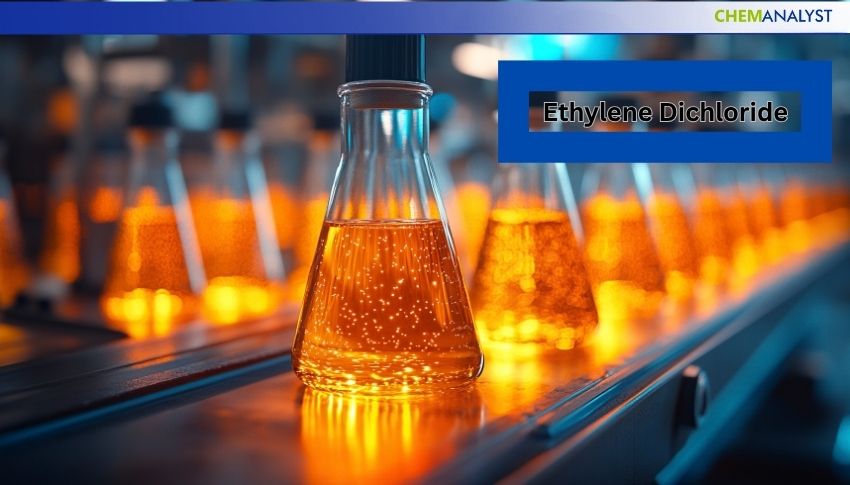Welcome To ChemAnalyst

In the third week of July 2025, U.S. Ethylene Dichloride (EDC) markets faced mounting supply-demand pressure. Production remained steady with no major outages, supported by stable ethylene feedstock costs and smooth Gulf Coast operations. However, weak downstream demand from construction and automotive sectors led to inventory build-up. In construction, declining homebuilder confidence and aggressive discounting reduced PVC material uptake. Similarly, automotive EDC demand fell as vehicle sales dropped and manufacturers cut production. While EVs offered some support, it wasn’t enough to counteract overall softness. With exports also sluggish, the U.S. EDC market continues to be driven by demand-side risks and cautious producer strategies.
US Ethylene Dichloride (EDC) prices plummeted sharply during the third week of July, falling 10.0% week-on-week amid the local market struggling with rising supply-demand gap. Upstream ethylene prices remained stable, while downstream demand from construction and automobile industries continued to be sluggish. With muted export demand and local consumption failing to soak up present production volumes, EDC stocks ballooned, bolstering bear sentiment, and sending prices to one of the year's lowest readings.
On the supply side, U.S. EDC production continued unabated, fueled by firm ethylene feedstock prices and steady plant runs along the Gulf Coast. Even though prices fell, the producers did not apply any significant reductions in output. This maintained output, coupled with minimal logistic restrictions, caused inventories to build up as domestic and international offtake weakened. Export markets, especially in Latin America and Asia, were weak, providing no respite from excess levels. The oversupply scenario, more than feedstock volatility or operational upsets, was the main driver of the steep fall in EDC prices.
In the building construction industry, EDC demand remained under strain during June as the housing market cooled off. The Housing Market Index dipped, with sagging builder sentiment expressed in lower sales expectations and buyer traffic. Significantly, 37% of homebuilders reduced prices, the largest percentage since 2022, and 62% provided sales incentives to get slower inventory moving. This led to subdued offtake for PVC-based building materials—like siding, piping, and window profiles—that have significant dependence on EDC as a feedstock. The decline in construction demand heavily subdued the consumption of EDC, even though there were no feedstock or supply constraints.
The automotive sector also saw reduced EDC demand, with sales of new vehicles in June dipping 14.3% from the previous month to 1.26 million units. Car companies reacted by cutting down production, lowering demand for PVC components utilized in interiors, cable insulation, and underbody components. Although electric and hybrid cars helped support some stability through greater utilization of non-metallic PVC-based assemblies, this segment was less than sufficient to counteract overall declines in conventional manufacturing production. Overall consumer car pull for EDC continued to be high as inflationary pressure and interest rate increases dampened consumption and production schedules.
In the near term, market players anticipate EDC prices staying in the doldrums for the next few weeks unless there is a significant pick-up in export orders or a seasonal pick-up in PVC demand. Producers will probably continue to produce with caution, closely monitoring inventories to prevent further accumulation. Although feedstock ethylene is projected to stay steady, demand-side risks prevail in the outlook. Until construction and autos begin to see an upturn, U.S. EDC markets will likely remain under downward pricing pressure throughout early August.
We use cookies to deliver the best possible experience on our website. To learn more, visit our Privacy Policy. By continuing to use this site or by closing this box, you consent to our use of cookies. More info.
